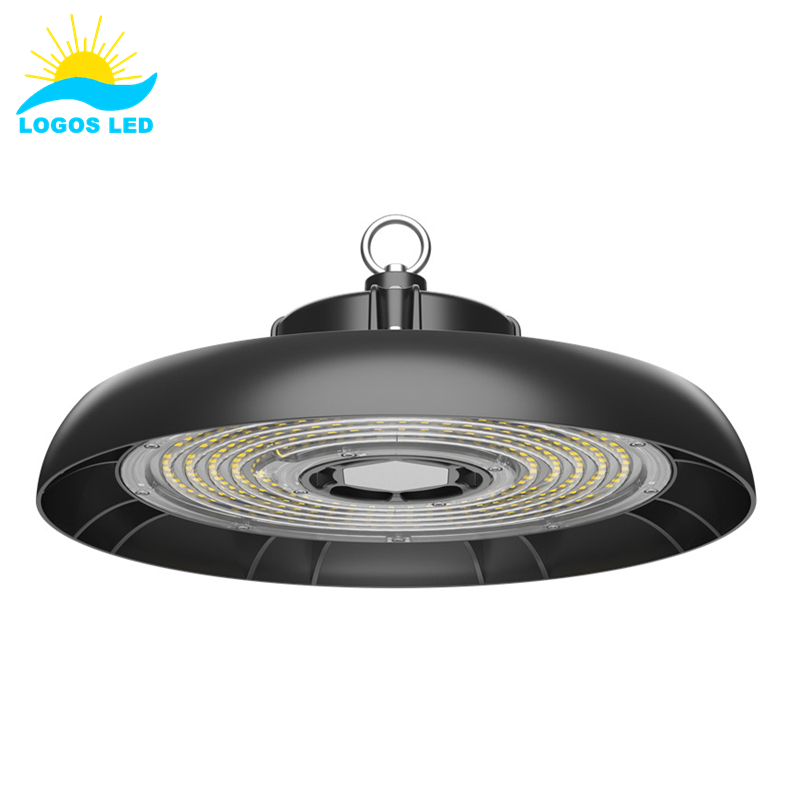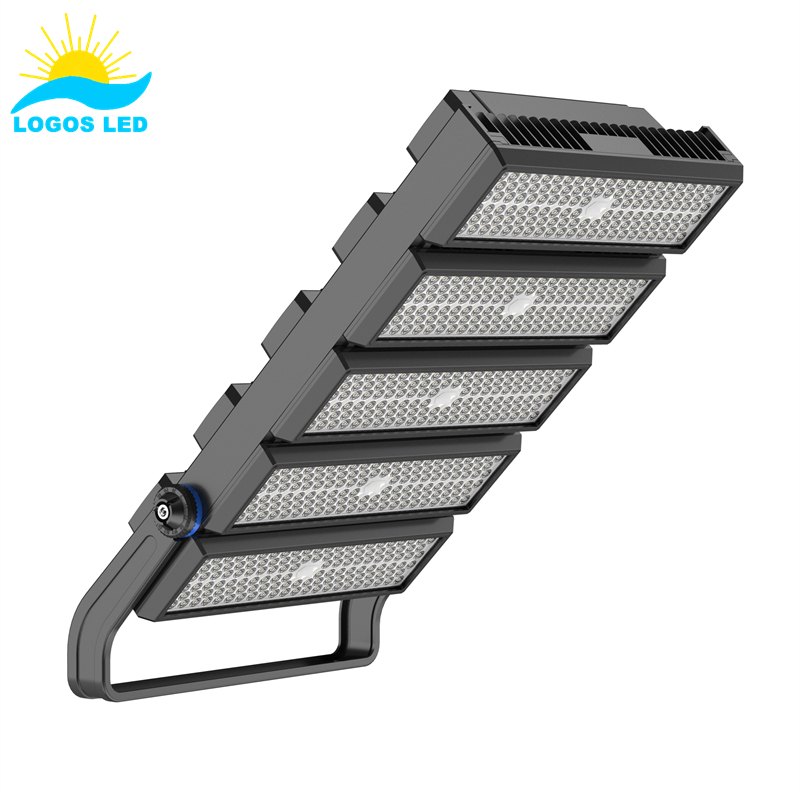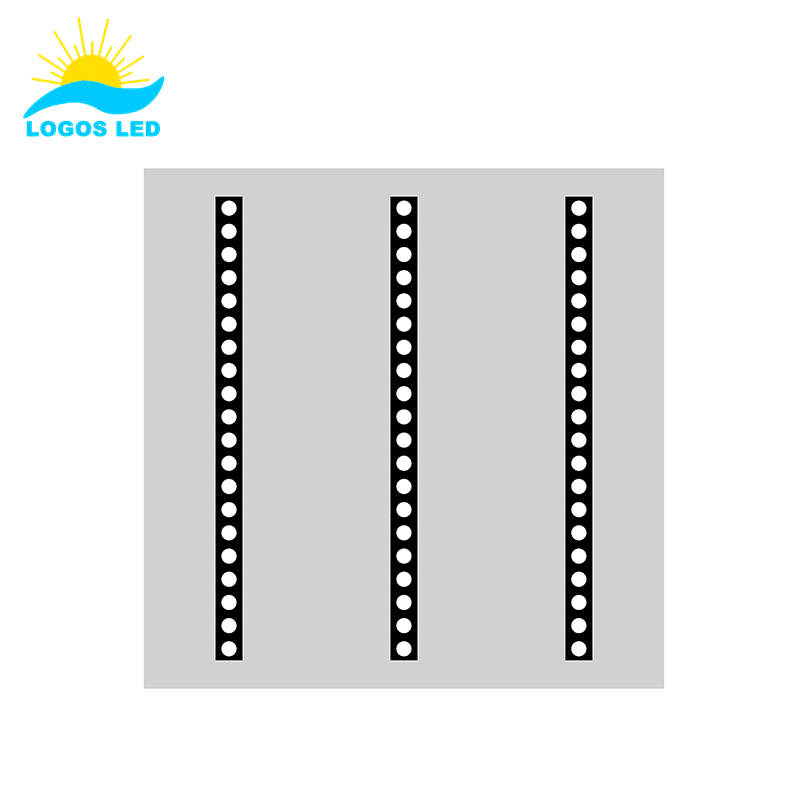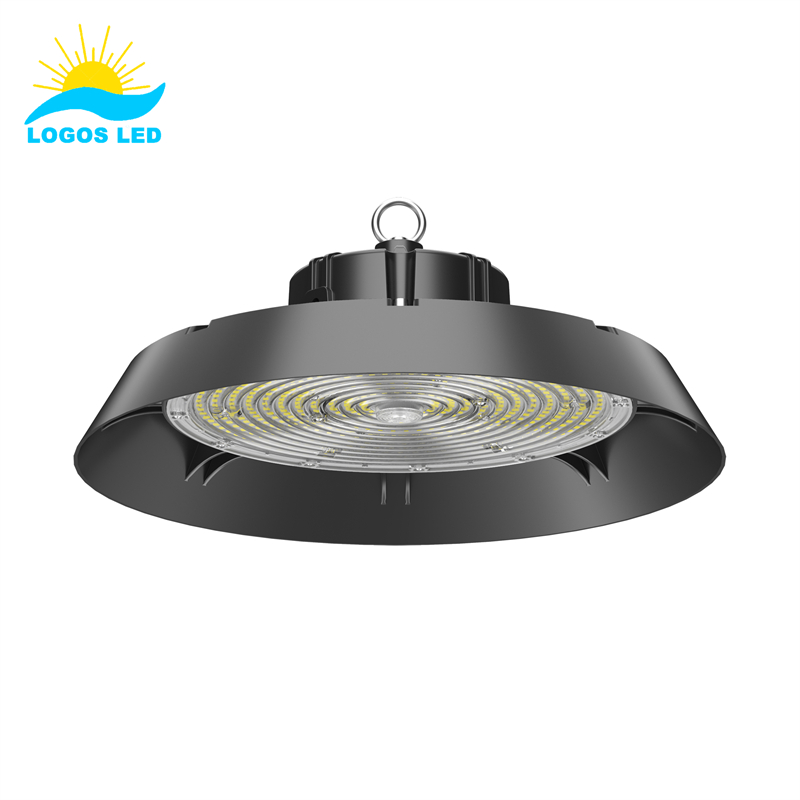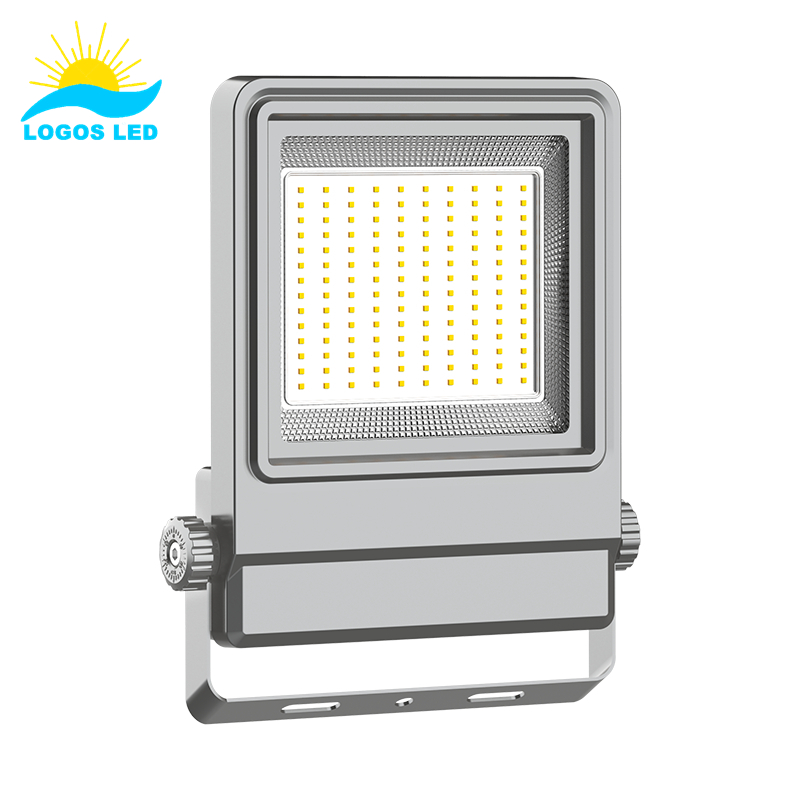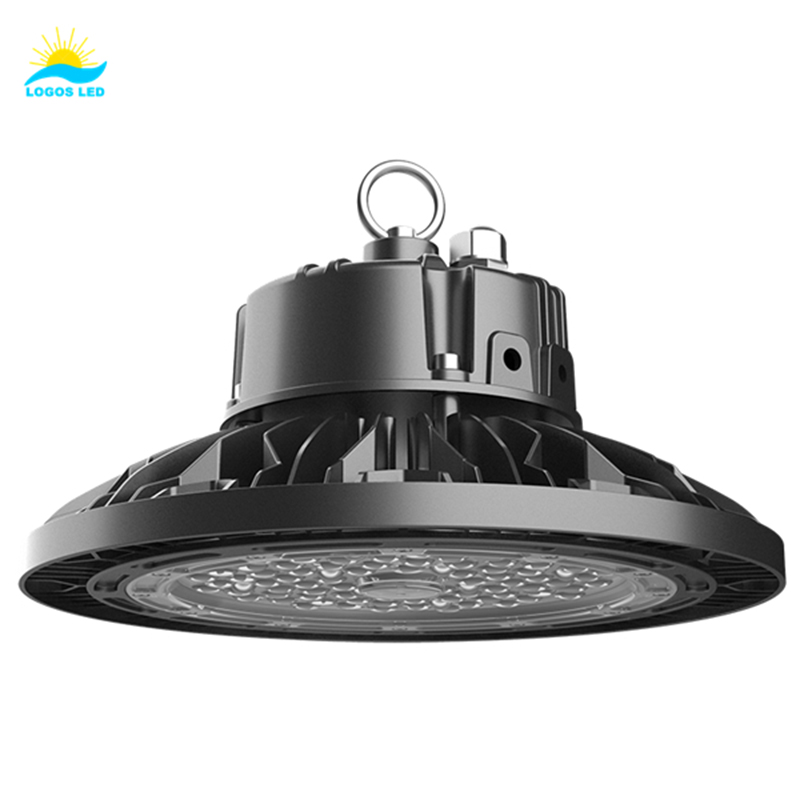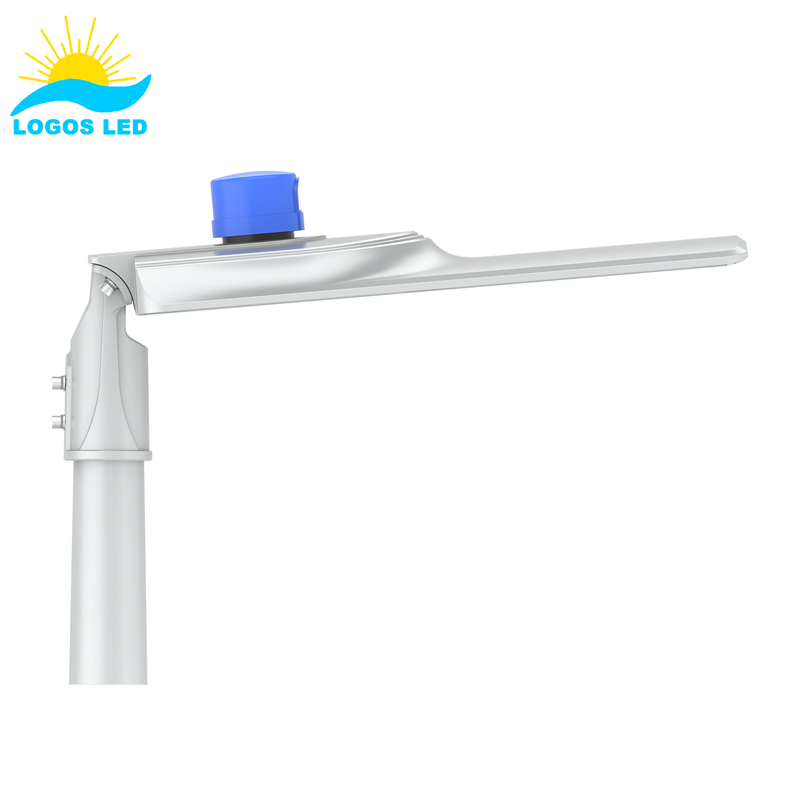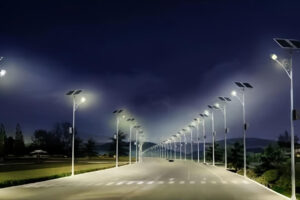Picking the wrong LED lighting distribution can result in inefficient lighting and increased costs. Recognizing the best distribution type ensures optimal lighting and energy efficiency. Discover the ideal solution for your project.
Choosing the right LED lighting distribution type is crucial for the success of your project. This selection impacts everything from visual comfort to energy efficiency and safety. Learn about the different types of light distributions and their applications to ensure you make an informed decision that enhances the functionality and aesthetics of your space.
Continue reading to explore the best lighting solutions for various environments.
Table of Contents
Different Classifications of Light Distribution Types
The classifications for lighting distribution types by IES, CIE, and NEMA provide essential guidelines for designing effective lighting systems. Here’s a detailed overview of each classification system, focusing on lateral and vertical light distribution, cutoff optics, and other relevant metrics.
IES Classifications
The Illuminating Engineering Society IES categorizes light distribution based on how light is emitted from luminaires. Key aspects include:
Lateral Light Distribution
Lateral light distribution types describe the pattern and spread of light emitted by a lighting fixture, which is crucial for various outdoor and architectural lighting applications. Here’s a more detailed breakdown of each type:
- Type I:
This type of lighting distribution is characterized by its narrow, bidirectional spread, making it particularly suitable for pathways or narrow walkways. The light is distributed in a manner that the intensity reaches half of its maximum value (half-maximum candela) directly to the sides of the fixture, falling within one mounting height (MH) to both the house side and the street side. This ensures that the path is well-lit without excessive spill light into adjacent areas. -
Type II:
Offering a broader spread than Type I, Type II distribution is apt for lighting wider pathways, small roads, or residential streets. The light extends further to the sides, with the half-maximum candela trace reaching between one and 1.75 mounting heights on the street side. This type provides a balance between focused light and dispersion, ensuring that wider paths are evenly illuminated without causing light pollution. -
Type III:
Designed for more expansive areas such as main roads and parking lots, Type III distribution projects light over a wider lateral area to cover more ground. The half-maximum candela trace for Type III ranges between 1.75 and 2.75 mounting heights, offering substantial coverage and intensity to support safety and visibility in these larger spaces. -
Type IV:
This distribution pattern is asymmetrical and primarily used in wall-mounted fixtures to project light forward. The half-maximum candela extends from 2.75 to 3.75 mounting heights, creating an effective throw of light that illuminates the area in front of the fixture more intensely than the area behind it. This is ideal for building perimeters where control of the light towards the building is needed. -
Type V:
Featuring a circular symmetrical distribution, Type V is designed for large, open spaces such as parking lots or central squares where uniform illumination is needed in all directions. The light is distributed evenly at all angles from the fixture, with no preferential direction, ensuring that the entire area is well-lit, enhancing visibility and safety.

IESNA Light Distribution Types
Cutoff Optics
IES defines four categories based on glare reduction:
– Non-Cutoff: No intensity limitations.
– Semi-Cutoff: Intensity does not exceed 20% at 80 degrees vertical angle.
– Cutoff: Intensity does not exceed 2.5% at or above 90 degrees.
– Full Cutoff: No light emitted above 90 degrees.
BUG Rating
The BUG (Backlight, Uplight, Glare) rating system is an important tool in evaluating outdoor lighting fixtures (luminaires) to determine their effectiveness and environmental impact in terms of light pollution and distribution. This system helps in designing and selecting outdoor lighting that minimizes adverse effects such as glare, light trespass, and sky glow.
- Backlight (B):
This measures the amount of light emitted behind the pole or mounting location of the luminaire. Backlight is critical in preventing light from spilling into areas where it is not needed or wanted, such as residential windows or adjacent properties. The rating helps ensure that light is directed towards the area where it is intended, improving both safety and efficiency while reducing light trespass. -
Uplight (U):
Uplight ratings assess the amount of light that escapes above the horizontal plane. Excessive uplight contributes to sky glow, a phenomenon that obscures the night sky and reduces visibility of stars. Managing uplight is essential in reducing light pollution and is especially important in areas near astronomical observatories or where preserving the natural night environment is a priority. -
Glare (G):
Glare measurement evaluates the intensity of light that can cause discomfort or reduce visibility for pedestrians, cyclists, or drivers. High levels of glare can lead to unsafe conditions and decrease the overall effectiveness of the lighting. The glare rating helps in designing luminaires that control the intensity and spread of light to prevent it from being harsh or blinding.
Each of these components is rated on a scale (e.g., from 0 to 5), with lower numbers indicating minimal impact. The combined BUG rating of a luminaire helps municipalities, designers, and engineers make informed decisions about outdoor lighting fixtures, aiming to optimize nighttime visibility while minimizing negative effects on the environment and human health. This system encourages the use of lighting that is “Dark Sky Friendly” and supports efforts to control and reduce light pollution globally.
CIE Classifications
The International Commission on Illumination (CIE) focuses on broader lighting efficiency standards.
Lighting Projection
CIE classifies light projection into three categories based on the angle of maximum intensity:
- Narrow:
The maximum intensity of the light beam is focused within an angle of less than 45 degrees from the vertical axis. This type of light projection is highly directional and concentrated, making it ideal for spotlighting or highlighting specific areas or features, such as architectural details, artworks, or for focused task lighting in areas where precision is required. -
Medium:
This category has its maximum intensity between 45 to 55 degrees from the vertical. The medium classification offers a balance between directed light and wider coverage, making it suitable for general purpose lighting in both indoor and outdoor settings. It can be used effectively in residential, commercial, and industrial environments where a mix of focused and ambient lighting is necessary. -
Wide:
Light projection classified as wide has its maximum intensity angle greater than 55 degrees from vertical. This wide spread of light is ideal for illuminating large areas with minimal shadowing. It’s particularly effective for area lighting such as in parking lots, warehouses, and sports arenas, where broad, uniform light coverage is essential to visibility and safety.
Each category serves specific lighting needs based on how broadly or narrowly the light is dispersed, affecting the intensity and reach of the light in various applications.
Cutoff Optics
Similar to IES, CIE defines cutoff categories:
- Full Cutoff: Maximum intensity below specified thresholds at angles above zero to 65 degrees.
- Semi-Cutoff: Maximum intensity limits at angles up to 75 degrees.
- Non-Cutoff: No restrictions on intensity.
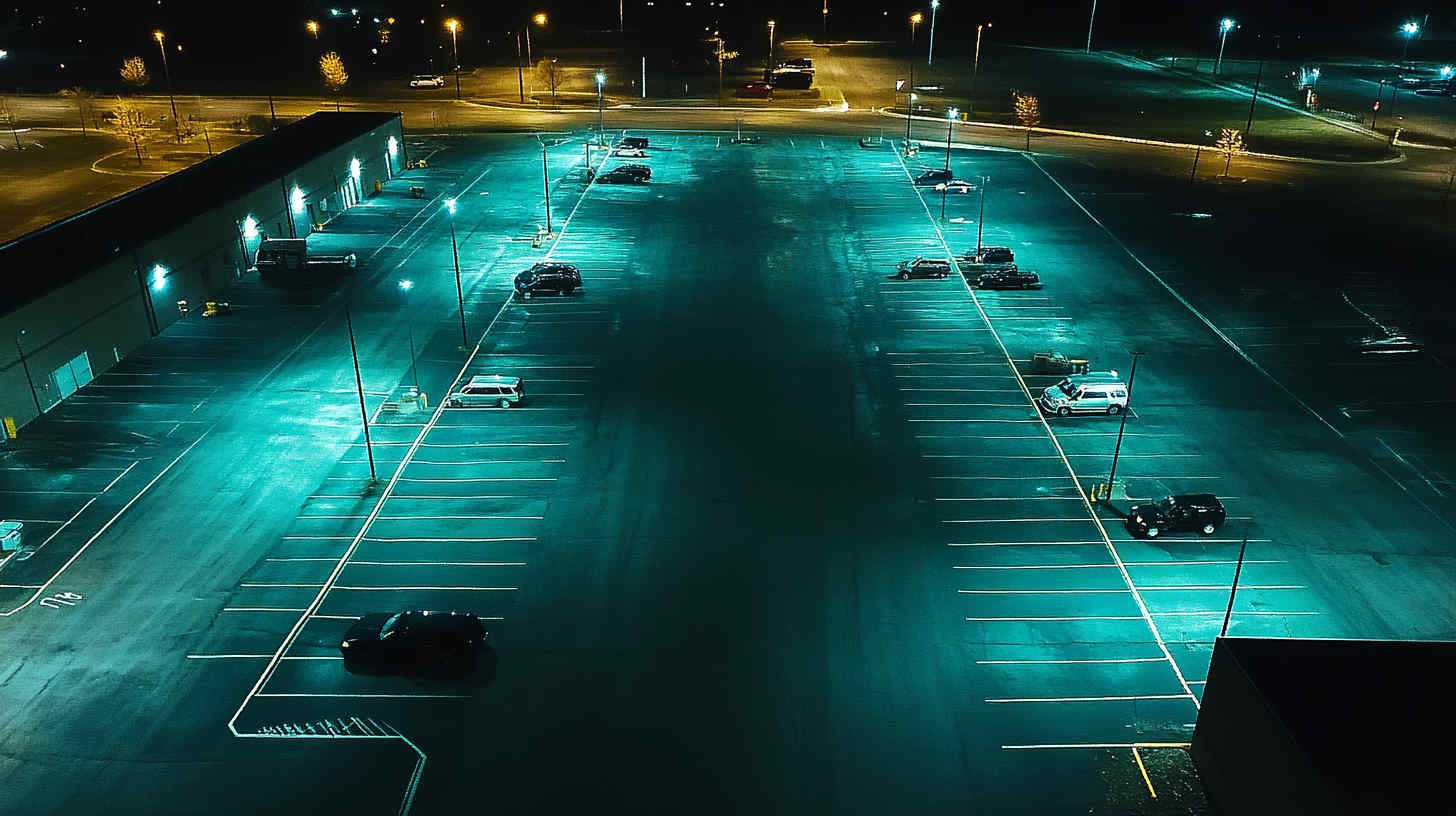
NEMA Classifications
The National Electrical Manufacturers Association NEMA classifies beam spreads into several types based on their angular coverage to assist in choosing the right lighting for specific applications. NEMA focuses primarily on beam spread types for floodlights and spotlights.
Beam Spread Types
- Type 1: Very Narrow (10° – 18°)
This beam spread is the narrowest classification, providing highly concentrated light. It is ideal for spotlighting and highlighting specific points of interest, such as architectural features or landscape elements. The beam’s tight angle allows for focused illumination over long distances without much dispersion. -
Type 2: Narrow (18° – 29°)
Slightly wider than Type 1, this beam spread still provides focused light but covers a broader area. It’s suitable for tasks and accent lighting where a bit more spread is beneficial, such as illuminating pathways or small objects in a landscape. -
Type 3: Medium Narrow (29° – 46°)
Offering a balance between focus and spread, this beam width is versatile for general lighting purposes in both residential and commercial spaces. It can be used effectively in downlighting, uplighting, and cross-lighting setups where moderate coverage is needed. -
Type 4: Medium (46° – 70°)
This beam spread is broader and ideal for general area lighting. It is commonly used in indoor environments like offices or retail spaces and outdoor areas such as parking lots or yards, providing ample light with moderate spread to cover larger areas without harsh intensity. -
Type 5: Medium Wide (70° – 100°)
The widest classification under NEMA standards, this beam spread disperses light over a large area, making it excellent for floodlighting and widespread area lighting. It’s particularly effective for outdoor applications where a significant portion of space needs uniform illumination, such as sports fields, large commercial facades, and wide public spaces. -
Type 6: Wide (100° – 120°)
This type offers a wide beam spread that is ideal for large area floodlighting where extensive coverage is essential. Type 6 is commonly used in large outdoor areas such as wide parking lots, expansive commercial premises, and recreational fields where light needs to be evenly distributed over a very large area. -
Type 7: Extra Wide (120° – 160°)
Offering a broader dispersion than Type 6, this beam spread is used where a vast area needs to be illuminated with minimal fixtures. The extra wide spread helps minimize dark spots and ensures consistent lighting across very broad spaces. This type is particularly useful in situations where the height of light fixtures is restricted, as it can cover more ground from a lower vantage point. -
Type 8: Ultra Wide (160° – 180°)
The widest category, this beam spread is nearly horizontal, which is close to a full 180° dispersion. It is used primarily for special applications where light needs to be cast broadly and uniformly at almost all angles horizontally around the light source. This type of lighting can be seen in certain architectural or artistic lighting scenarios where dramatic, expansive coverage is desired to create visual impact or for safety and security purposes in exceptionally wide-open spaces.
The classifications by IES, CIE, and NEMA provide guidelines for designing effective lighting systems:
- IES categorizes light distributions into specific types suited for different environments, focusing on minimizing glare.
- The BUG rating system assesses environmental impacts by rating fixtures on backlight, uplight, and glare.
- CIE differentiates light projections based on angle intensity, suitable for various lighting needs.
- NEMA outlines beam spreads from narrow to ultra-wide, optimizing light application across diverse settings.
These standards collectively aid in reducing light pollution and enhancing lighting efficiency.
What Are the Types of Lighting Based on Light Distribution?
Light distribution types are classified into five main categories, each designed for specific applications and environments. These include Type I through Type V distributions, each with unique characteristics that tailor light spread to fit particular needs such as roadways, wide areas, or specific tasks. Understanding these types can significantly influence the effectiveness and efficiency of a lighting project.
What Is Type 3 Lighting Distribution?
Type III light distribution is designed for roadway lighting, parking areas, and other places where the width of the area to be lit is about the same as the height at which the lamp is mounted. This type projects light to the sides and downward, making it ideal for illuminating the perimeter of parking lots or smaller side streets, ensuring that the light adequately reaches the areas where it is most needed.
What Is the Distribution of Light?
Light distribution refers to the pattern that a light fixture casts on a surface. The main goal of different distributions is to optimize light for different environments and tasks. For instance, some are better suited for wide, open areas while others are designed to illuminate narrow pathways efficiently. Understanding these patterns helps in selecting the right fixture that provides adequate illumination while minimizing waste and glare.
What Are the Key Differences Between Type I and Type II Light Distributions?
- Type I:
- Very narrow light pattern.
- Best suited for pathways, walkways, and other narrow lighting applications.
- Designed to be used in lanes that require light to go strictly forward.
-
Type II:
- Provides a wider light pattern.
- Suitable for wider walkways, entrance roadways, and smaller side streets.
- Offers more lateral lighting coverage.
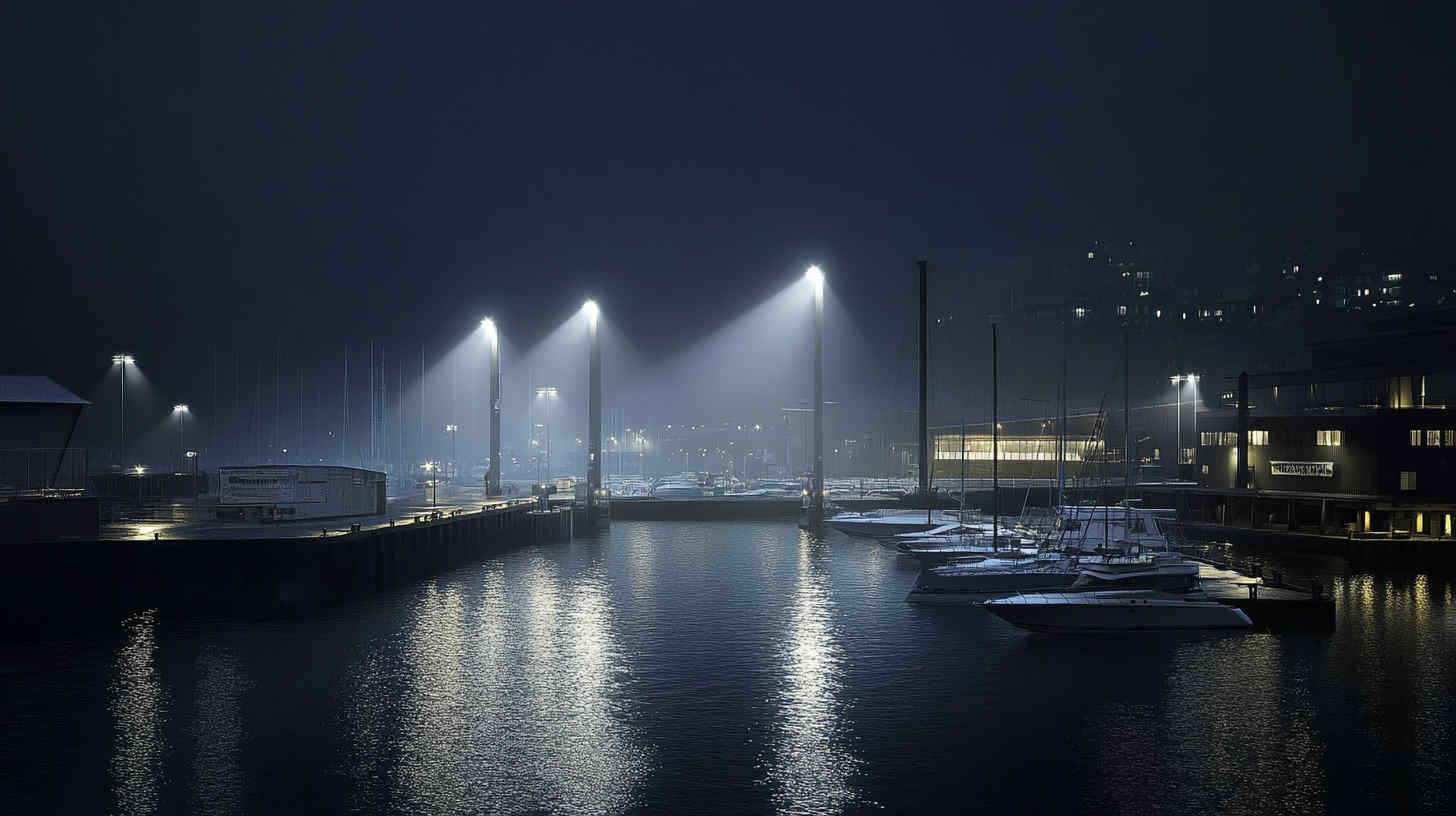
Which Light Distribution Type Is Best for Illuminating Large Parking Lots?
For large parking lots, Type V light distribution is typically the best choice. This distribution provides a circular or square light pattern that illuminates large areas evenly. It’s perfect for installations where the light needs to be dispersed over a broad area, ensuring that no parts of the parking lot are left dark, which enhances both safety and visibility.
Conclusions
In summary, choosing the right LED light distribution type is essential for any lighting project, as it affects everything from energy consumption to how well-lit an area is. For projects ranging from narrow pathways to broad parking lots, understanding the specific light distribution requirements can lead to more efficient and effective lighting solutions. Be sure to consult a lighting distribution types chart to visualize the best options for your needs.
If you need help for your projects or have questions, please feel free to reach out to us directly. Our team of lighting experts is here to help.
Request A Free Quote Now!
Send us a message if you have any questions or request a quote. We will get back to you ASAP!



